Cities are built for efficiency, but that can also make them monotonous. The human body was not designed to walk endlessly on flat surfaces. By creating more physically challenging urban environments people can get more of the exercise they need, but also reconnect with a sense of playfulness than many adults secretly yearn for in everyday life, writes Anna Boldina.
Homo sapience developed thousands of years ago, in wild grassy lands full of physical challenges and this is what our bodies are optimized for through evolution. Throughout more recent human history, city dwellers have walked on a whole variety of surfaces: cobbled stones, steppingstones, gravel; balancing on narrow boards over ditches, stepped over holes and up the level changes. Navigating this environment is still part of everyday life in less economically developed countries. The remains of a less regulated environment can be seen in historic towns, such as Cambridge or Coimbra. Gradually, most of those landscapes are being replaced with tarmac to facilitate vehicle movement and make places more accessible, as well as for eliminating the chance of injuries and insurance claims.
Cities are a source of rich sensory experiences, just not when it comes to our bodily motion. Our pedestrian environment has become limited to two modes of mobility: The first includes people transported on wheeled apparatuses, such as prams, wheelchairs and mobility scooters. The second one is that of a basic walking ability, regular steps, shallow slopes, far below the moving capacity of the majority. As a result, the entire population is restricted to the intensity of movement available to its most physically unfortunate members. While becoming easier, urban environment becomes monotonous and limited in challenges and experiences, something that affects our mood and even our health.But things don't have to be this way, and recent research shows us that most of us would also prefer it not to be this way. A more physically challenging way of moving through cities would not only help us be more healthy, but would also tap into our sense of play, that so many adults have left behind.
SUGGESTED VIEWING Cities of the future With Lucelia Rodrigues
Millions of people around the world are not meeting the minimum of moderate and high physical activity necessary to stay heathy. Exercising 'on the go' is key to changing this but while walking along a pavement is better than nothing, it only qualifies as mild exercise for the cardiovascular system. Walking also fails to significantly improve balance or bone density, unless it includes jumping, balancing, and stepping down.
It is important to maintain accessibility for all, but designing the whole public realm as flat is just lazy. Where there is enough space, designers have an opportunity to combine various surfaces, adding extra options to the accessible one. While the idea might sound expensive, installing steppingstones in a turfed area can be cheaper than laying and maintaining conventional tarmac pavements. In addition, some of the alternative route designs, such as steppingstones in grass or cobbled stones are more nature-friendly due to CO2 emission, permeability, and cooling. Steppingstones in grass allow for space for biodiversity and continuous bio corridors as well as natural rest to the eyes.
___
The style of surroundings switched people’s mind into related mode: formal architecture encouraged formal behavior, while natural materials such as timber and stones made people feel they are on a hike, where climbing on things comes naturally.
___







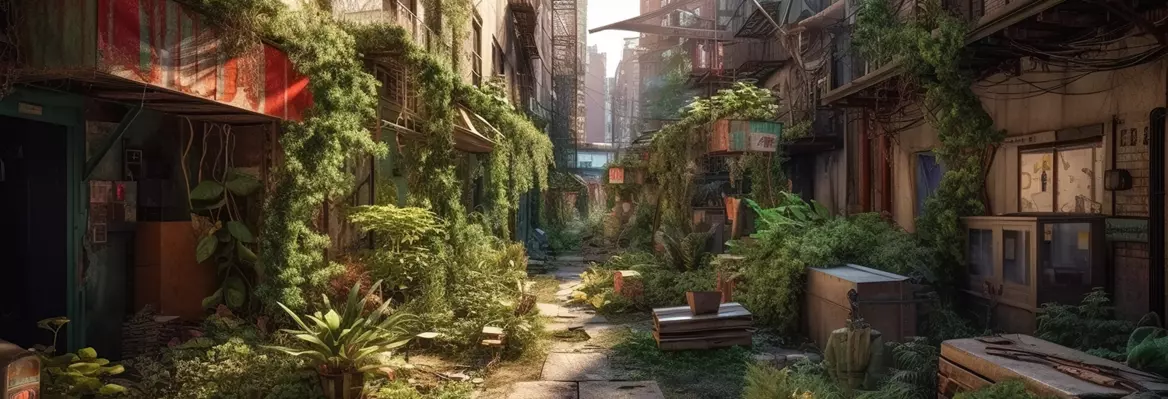





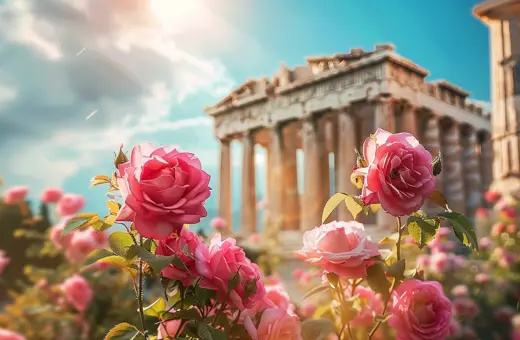


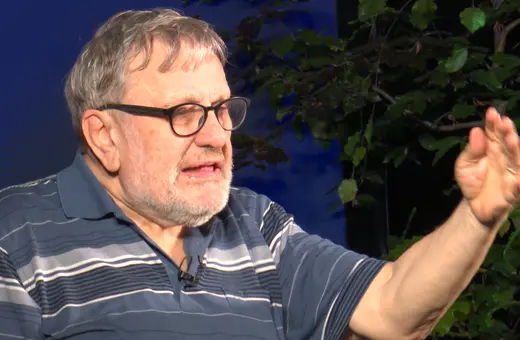
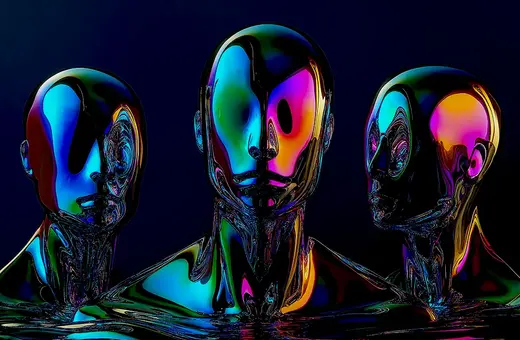


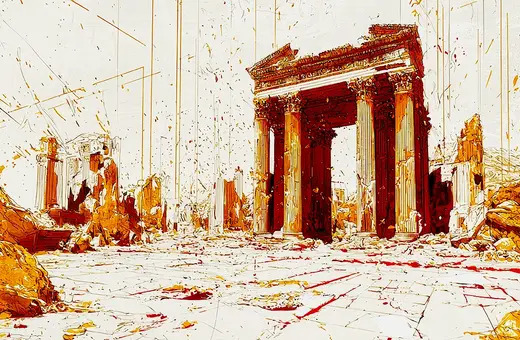

Join the conversation